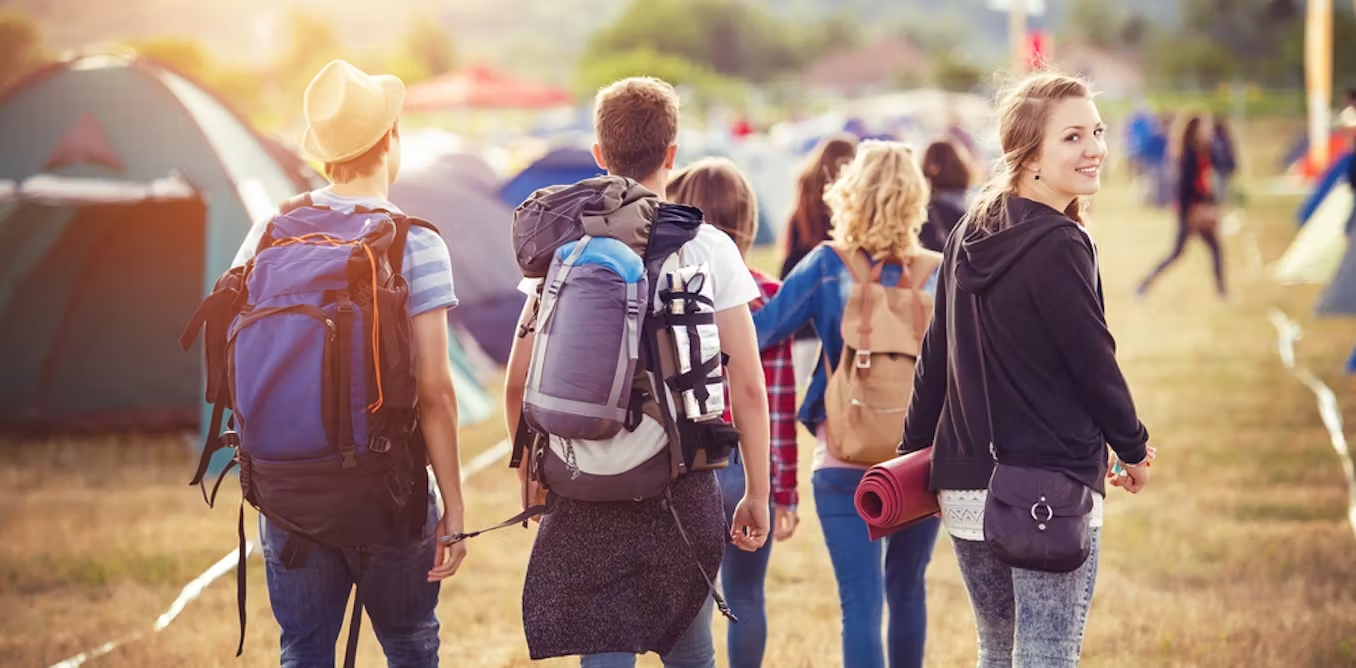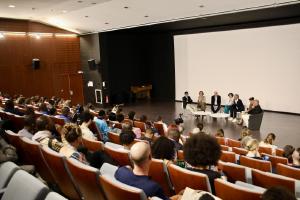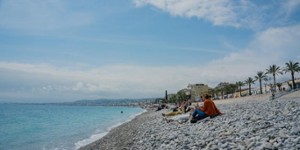Every year, at the start of the summer vacations, hundreds of thousands of young people pack their suitcases (or backpacks) and head off to summer camp.
The term "summer camp" is no longer legal, but is commonly used to describe stays organized during the school vacations for children aged 3 to 17. These one- to three-week stays, without parents, are organized by associations, local authorities, companies, etc., and supervised by qualified staff under the responsibility of the State.
Summer camps have been around for almost 150 years. The number of days per child (aged 6-14) increased until the 1960s and 1970s. Then, every year, summer camps lost some of their opening days, and even some of their participants.
In 2024, to facilitate departures and relaunch the holiday camp dynamic, we created the "Pass colo", a financial aid package for children aged 11 (born in 2013) ranging from €200 to €350.
The invention of summer camps
Summer camps were invented at the end of the 19th century. While some researchers have proposed different origins for summer camps, based on previously existing structures, it is often Pastor Bion who is presented as the inventor. In fact, it was he who gave them their name, "Ferienkolonien".
In 1876, this pastor from Zurich, Switzerland, noticed that city children were sickly and unhealthy... whereas country children were healthier. He decided to bring 68 children from Zurich to the Appenzell plateau during the summer months. In the years that followed, he continued his work, sparking a movement in many European countries.
[Already over 120,000 subscriptions to The Conversation newsletters. What about you? Subscribe today for a better understanding of the world's major issues].
Very quickly, there were two types of colony: the family placement, with groups of two or three children living with a family, usually a peasant family; and the collective colony, with all the children living in the same structure. Both types of colony ran concurrently until the 1940s, when foster care all but disappeared.
In colo, children had to grow up and put on weight. That's why children were weighed and measured at the beginning and end of their stay. It's also why the camp had to last a long time - from three weeks to two months, depending on the organizer.
In 1881, Pastor Lorriaux organized the first French vacation camp (of the foster care type). He was followed by Caisses des Écoles, notably in Paris, under the name of colonies scolaires. They were secular. Catholics, in turn, set up vacation camps, taking children from their patronages and schools. Then, from the 1930s onwards, there were colonies with political origins, mainly left-wing, but also far-right.
Finally, even before the creation of works councils, some companies organized holidays, as did various government departments for their staff or beneficiaries, and then more independent initiatives such as neighborhood associations...

The first vacation camps were organized in the vicinity of the organizing communes, sometimes just 10-15 km away. It has to be said that the countryside was not far from the cities. With the improvement of transport, collective train tickets... the colonies were able to move further away, enabling them to go to the sea or the mountains.
We had to wait for the decree-law of June 17, 1938, to have a text providing the basis for their regulation. Article1 stipulates that children staying at vacation camps are placed under the protection of the public authorities. The text does not specify either the duration or the minimum number of campers.
The current text no longer refers to vacation camps, but to vacation stays. It retains the same principle: the child is placed under the protection of the State, represented by the ministry in charge of youth. However, the camps must include at least seven minors, and the duration of the stay must exceed three consecutive nights. There are specific regulations (buildings, food, supervision, etc.) to ensure the safety of these camps.
Camps are supervised by a director and counselors. They must hold specific qualifications, the best known of which is the BAFA, which in some years has been awarded to over 50,000 people. This short course has recently been made available to students aged 16 and over. To pass, you need to have completed two theory sessions, lasting eight and six days respectively, and a fourteen-day practical course.
Outdoor sports and leisure activities
The activities we did changed over time.
Children took part in outdoor sports, including gymnastics, but also outdoor games such as the "bar game", followed by large-scale games (treasure hunts, treasure hunts) with a variety of themes (Middle Ages, outer space, well-known characters, etc.).
Walks included a visit to a site or simply a stroll. The hikes, which included lunch, were like excursions to see a particular place, a summit...
In workshops, participants made a wide range of objects. It all started with sewing and woodwork. In the 1950s, the camps invested in materials such as plaster, clay (pottery), wood (cutting and pyrography), paint, raffia... In the1970s, manual activities were enriched with rattan (basketry), scoubidous, candles... The 1990s saw the introduction of "salt dough".
In the evenings, evening parties were frequent, even daily. We played games, mimes, puppets, shadow plays, read and sang a lot.
The animation team sometimes organized theme days, such as the Olympic Games, and shows (which, since the 1980s, have sometimes become a boum).
Finally, there's always the siesta, which has often become a quiet time after lunch. It's the perfect way to round off a long night's sleep, with a chance to talk, read or write...
Camps have always kept pace with the modernization of society, and in particular with technological developments. At camp, for example, children took part in theater (with dramatic games), took and developed photos, watched still and animated films, listened to records, made slide shows, worked with computers...
Fortunately, the difficulties faced by today's children are not the same as they were over a century ago. The first participants were mainly poor children, malnourished and living in insalubrious housing. A few weeks in the fresh air would give them the energy they needed to avoid disease, especially tuberculosis.
Camps became an essential part of vacations, especially for children who didn't go away with their families. From the 1950s onwards, many children spent 3 weeks or a month a year at "their" camp.
In the 1980s, the rising cost of summer camps gradually pushed middle-class children away from the camps, while children from wealthy families or those receiving substantial financial aid were able to finance these stays. The reduction in the number of works council subsidies meant that working-class families were no longer able to take part in summer camps.
A wide variety of children's camps and organizers
Today's camps have changed a great deal. They all meet the same standards in terms of premises, staffing levels, supervisory ratios, etc. They are supervised by inspectors from the Ministry of Youth Affairs.
There are many different types of summer camps: themed stays; stays abroad; more local stays, based on the notion of vacation or developing autonomy; activity-based stays. The camps are sometimes national in scope, welcoming children from all over France, which requires considerable organization to manage transfers.
The profile of organizers has also changed. There are fewer works councils and municipalities; there are still associations, but there are also a few commercial companies. The cost of vacation camps is increasingly high, but there is still some assistance available, notably with the Pass'colo and learning camps.
After a sharp fall due to Covid, by 2022-2023 the number of children going to summer camps had not returned to the 2018-2019 level. In 2022-2023, there were around 25,000 stays for a total of 800,000 departures (the same child may have made several stays).
Today's vacation camps meet a number of needs. The first is the right to a vacation for all children who don't go away during the summer months, many of whom stay for two months in leisure centers that are, more often than not, in their schools.
Camps also enable children to take part in activities that they wouldn't be able to do at home or with their families. And camps have always been, and still are, a great way to learn to live in a community, to share a room, to acquire autonomy... to grow up, quite simply.![]()
Eric Carton, Associate Researcher, TransitionS Laboratory, Université Côte d'Azur
This article is republished from The Conversation under Creative Commons license. Read theoriginal article.
THE CONVERSATION
Université Côte d'Azur, through its Science et Société department, joined "The Conversation" online news media in January 2022. The aim is to showcase the work of our research teams in the service of informed, reliable information that contributes to civic debate.
The Conversation is an online medium and a non-profit association. Its model of collaboration between experts and journalists is unique: to share knowledge, making the voice of researchers heard in civic debate, and enlightening the news with reliable, research-based expertise.
theconversation.com
SUBSCRIBE NOW!
To keep up with The Conversation experts on a daily basis, subscribe to our newsletter.
theconversation.com/en/new




